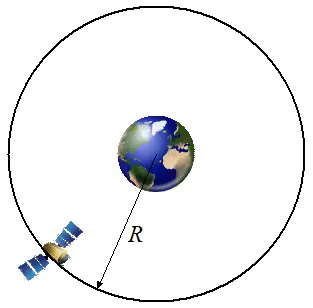


Pull open a wire coat hanger so that it forms a square. However, you may wish to avoid this term, and ask your students to stick to centripetal to describe an inwards force.) Since it acts outwards from the centre of the circle, it can be described as centrifugal, or centre-fleeing. This force is the equal and opposite reaction to your pull. (At the same time, you can feel a force pulling on your hand. Centripetal is an adjective describing the force it is not the name of a special type of force, such as tension, gravity, magnetic force etc. Explain the name: centripetal means centre seeking. You can only pull string along its length. The force with which you are pulling on the string provides the centripetal force needed to keep the bucket orbiting.Ĭheck that your students understand the direction in which this force acts – towards your hand. Point out that you are pulling on the string to make the bucket go round. This is best done outside in any case avoid the temptation to stand on anything. Many extensions of this are possible such as swinging a tray loaded with beakers by four strings! Make sure that the handles of the bucket do not come off and that the bucket does not hit the floor at the lowest point of the circle, or the ceiling. As long as the rate of rotation is great enough the water stays in the bucket! Slowing the rate of rotation can get the water to almost fall out at the top of the path and you can usually hear it slopping around at this critical point. Put a little water in a bucket – tie a string firmly to the bucket handle and then swing the bucket in a vertical circle. The whirling bucket is the classic centripetal force experiment. So why do we study it? It is fairly common and the maths is easier! Demonstration: Whirling bucket and centripetal force

Remember that motion in a circle is only a special case of motion in a curve. A planet orbiting the sun (almost circular orbit for many).Satellites moving in orbits around the Earth.A DVD, CD or record spinning on its turntable.A stone being whirled round on a string.Chemicals being separated in a centrifuge.Invite suggestions of objects which move in a circular path: charged particles moving in radial electric fields.charged particles moving in uniform magnetic fields.Where this leadsĬircular motion crops up in many different situations, and students will need to be able to apply the equations for centripetal force and acceleration. Students should be familiar with the equations of linear motion, and Newton's laws of motion. Apply the equation a = F m to uniform motion in a circle to derive F = m v 2 r.Recall and use centripetal acceleration a = v 2 r.Express angular displacement in radians.Describe qualitatively motion in a curved path due to a perpendicular force, and understand the centripetal acceleration in the case of uniform motion in a circle.The position, velocity and acceleration of the object can be analysed. This CD-ROM contains many excellent video clips of motion including that showing an object moving in a horizontal and vertical circle. A useful source of material is Multimedia Motion II, from Cambridge Science Media.


 0 kommentar(er)
0 kommentar(er)
